If you click on a link and make a purchase we may receive a small commission. Read our editorial policy.
Netflix's Fall of the House of Usher: All the major Edgar Allan Poe references you might have missed
We'll take you through the places, people, and poems that Mike Flanagan & Co have worked into the latest Netflix horror series. Be warned, spoilers ahead

This article contains major spoilers for The Fall of the House of Usher
Did you catch every Edgar Allan Poe reference in Netflix’s Fall of the House or Usher? Really? Because if you did, you’re way smarter than I am. The new Mike Flanagan horror series not only takes inspiration from America’s OG horror hound, it downright bleeds his influence (sometimes literally!), with references as plentiful as feathers on a… eh, some kind of bird, I can’t think of an example right now.
In an attempt to keep those references in one place, I went back through the show to compile this list of every major Edgar Allan Poe reference in The Fall of the House of Usher. Get your annotated works of Poe out now, reader, it’s an extensive one.
Let’s start with the obvious:
The Fall of the House of Usher
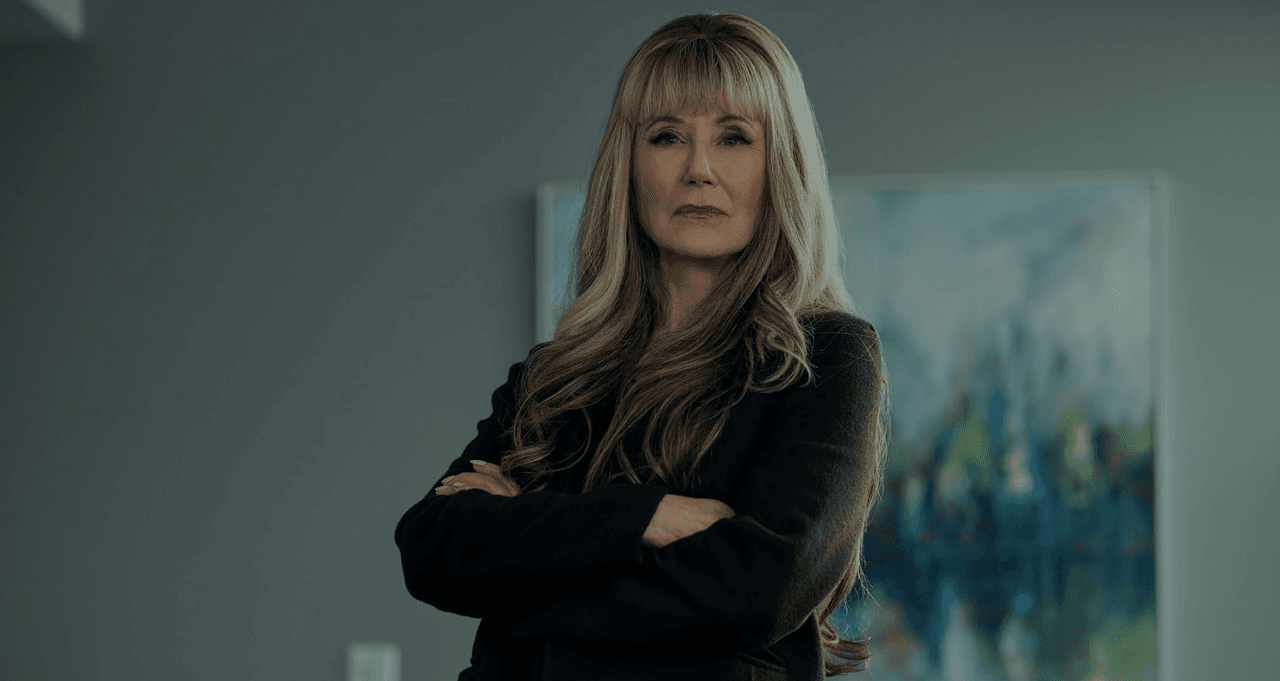
It may not surprise you, but the first Poe story to mention is the one that gave the show its name. The Fall of the House of Usher was published in 1839, introducing the world to the names Roderick and Madeline Usher, which Mike Flanagan would use for his protagonists almost two centuries later. The Roderick and Madeline of the short story are less evil than the ones in the show, but they're still part of a wealthy family, and a dark fate hangs over them both.
At the end of the short (last chance to avoid spoilers, folks!), Roderick assumes Madeline to be dead, only for her to emerge from her tomb, bloodied and wracked by the struggle to get out. This idea of being buried alive, a storied fear of Edgar Allan Poe's, shows up many times in the series, including the sequence with the Ushers' mother and, eventually, Madeline herself.
The Masque of the Red Death
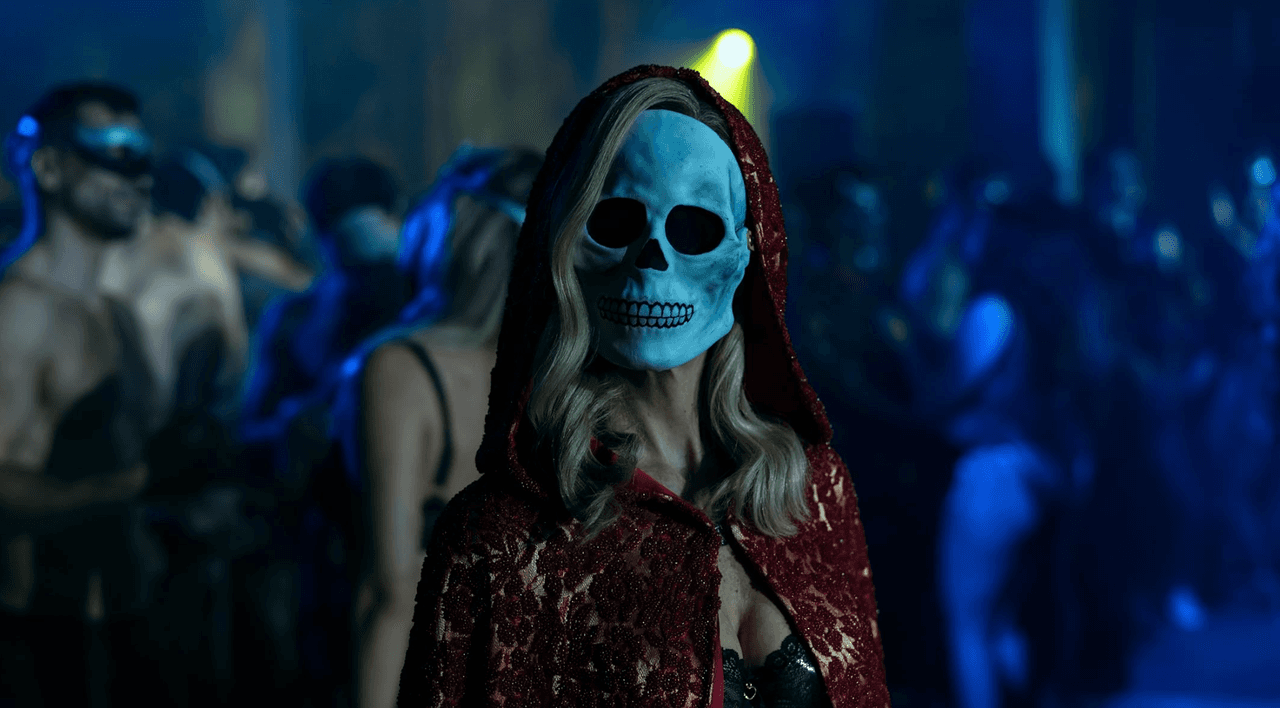
Poe's medeival tale of plague unavoided takes place at a masquerade ball, probably quieter but no less horny than the one Perry Usher throws in the second episode. By the way, Perry's full name is Prospero, just like the Prince in Poe's story whose opulent ball ends up damning the elite of a far-off kingdom. Verna appears in this episode in a red skull motif, just like the titular spirit of pestilence in Poe's tale.
The Masque of the Red Death is also notable for its use of color to drive the story; every room Prospero visits is a different, culminating in the color of his death. Similarly, Flanagan makes bold use of color as the Usher children meet their gruesome ends, with Leo bathed in yellow, Tamarlane in green, Frederick in blue, etc. With a filmmaking style as intentional as Flanagan's I find it hard to believe this is a coincidence.
The Murders in the Rue Morgue
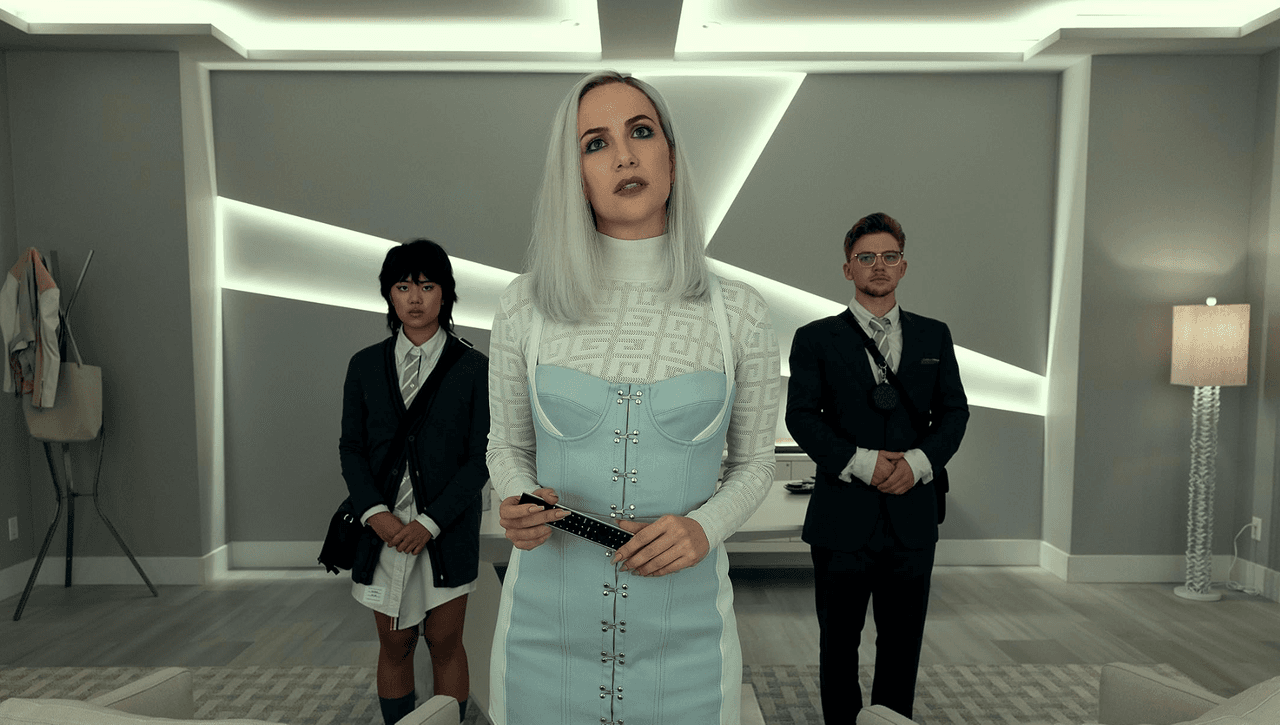
This was the first story of three to feature Poe's classic detective C. Auguste Dupin, whose name would be lifted for Carl Lumbly's heroic and brilliant investigator. That's not all they share, though; in one particularly fun scene, Dupin proves he has all the deductive talent of his literary predecessor. Finally, the Murders in the Rue Morgue ended with the reveal that a monkey had killed the story's victim. Sound familiar, Camille?
The Black Cat
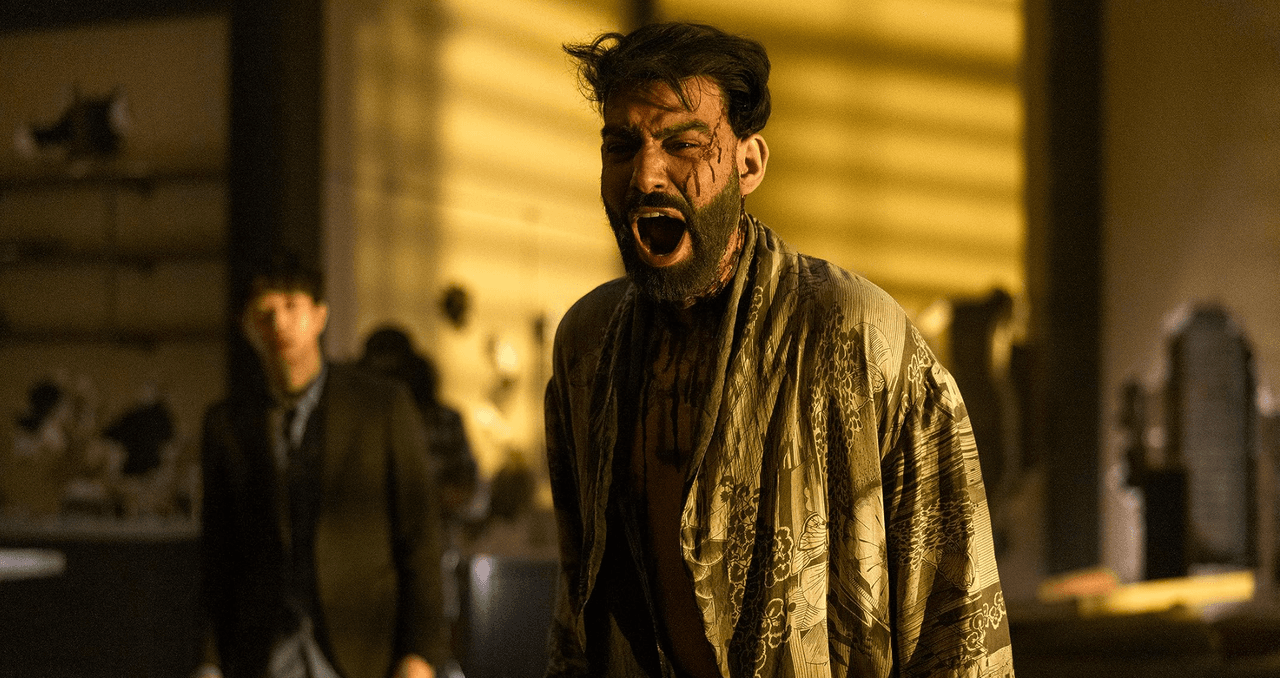
A story of growing madness typical of Edgar Allan Poe, The Black Cat tells the tale of a man and his increasingly unpredictable cat Pluto. That's the same name as the cat who appears as part of Leo Usher (Rahul Kohli)'s grisly fate, and their battle is played out in parrallel. Just like the Pluto on the show, the cat winds up dead, only to be replaced by Leo by a far more unpredictable, far darker force.
The Tell-Tale Heart

T'Nia MIller's Victorine LaFourcade, one of Roderick's children, is working on a device that can be attached to the human heart and detect medical issues before they occur. In other words, it can... tell tales.
But that's not the only similarity between one of Poe's most famous horror shorts and Victorine's arc. After Victorine kills her girlfriend, Dr. Alessandra Ruiz, the guilt haunts her in the form of a ticking mechanical heart, just like in the creepy classic.
Oh, keep an eye out (literally) for how Dr. Ruiz's corpse looks when Vic accidentally strikes the fatal blow. Her eye is badly damaged; reminiscent of the eye that drove the narrator to murder in the Tell-Tale Heart. Later, Madeline quotes that murderer directly, saying "Men have called me mad."
The Pit and the Pendulum
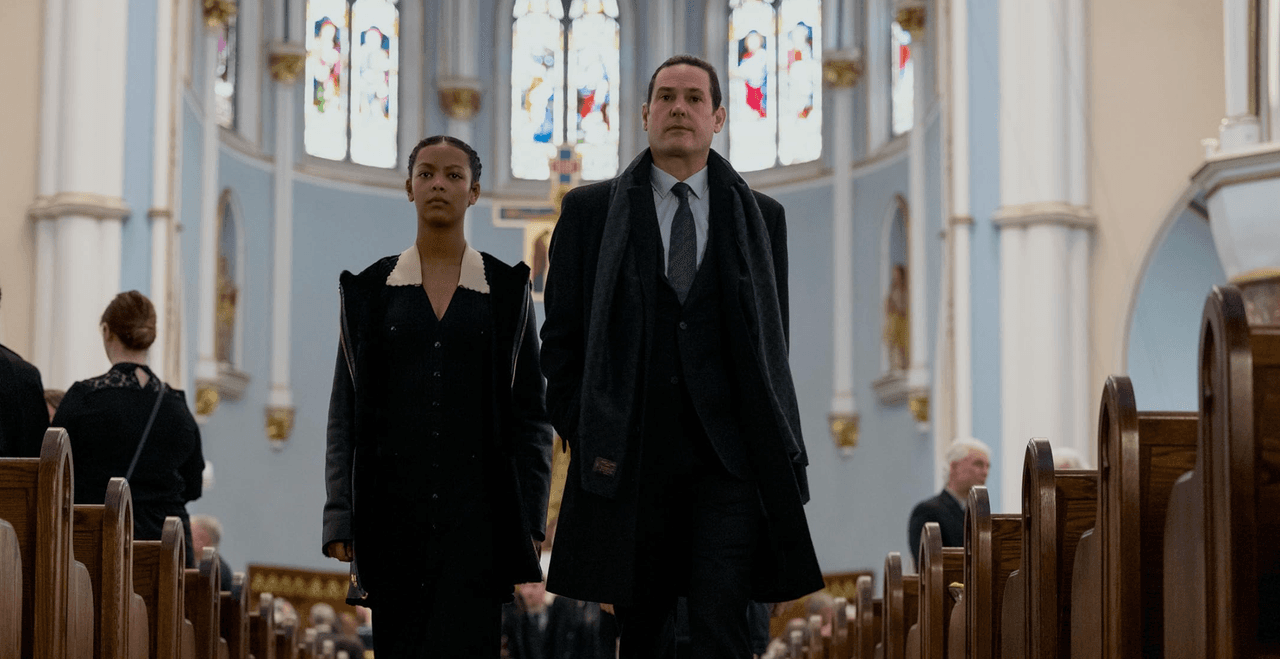
Set during the Spanish Inquisition, Poe tells the story of an unnamed prisoner being tortured by a curious device: a blade at the end of a pendulum, swinging closer and closer to making contact with the story’s narrator. Likewise, Roderick’s eldest son Freddy meets his doom in a lonely, abandoned place; the site of the party that killed Perry. Trapped in a demolition and paralyzed by Nightshade he mistook for cocaine, Freddy watches like Poe’s prisoner as a massive, blade-like banner swings brokenly above him. But unlike the prisoner, Freddy doesn’t make it out.
The Cask of Amontillado
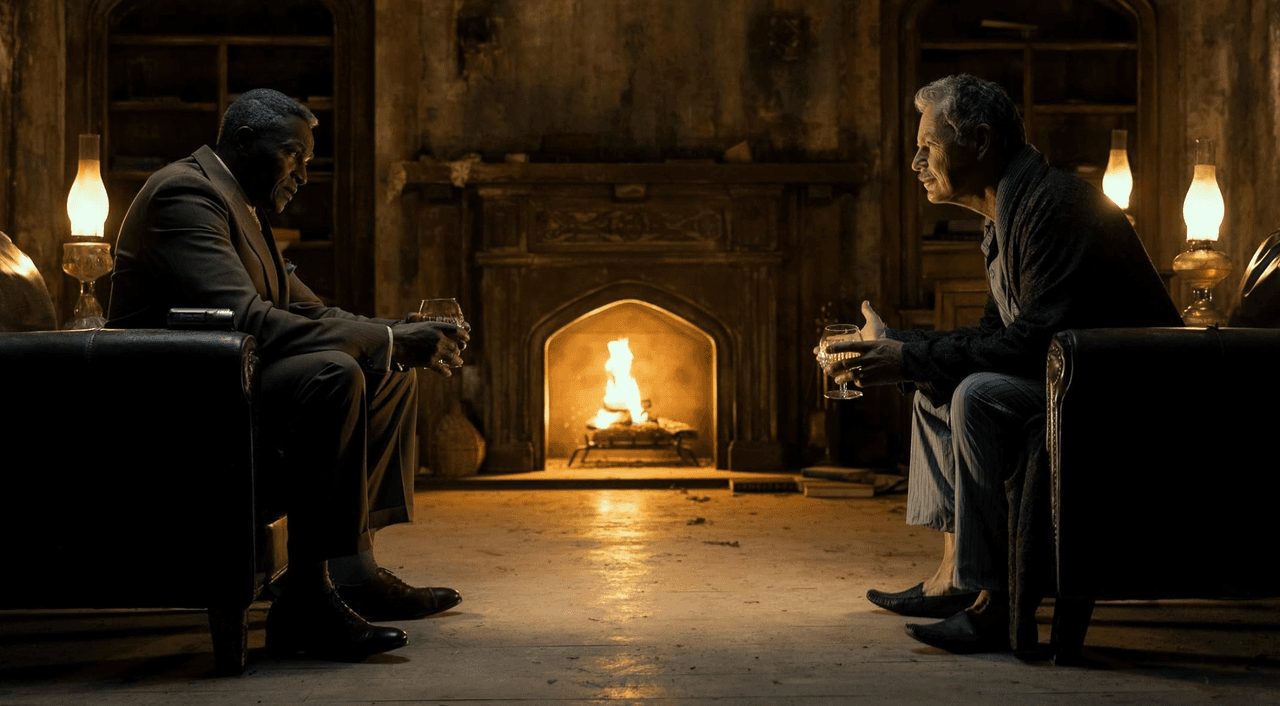
Ironically, one of the biggest influences on Fall of the House of Usher doesn’t get a shoutout in an episode title like the rest of the entries on this list. That influence is Poe’s Cask of Amontillado, the story of a brilliant murderer who lures his victim into a basement with the promise of fine sherry, only to trap him behind a newly built brick wall, covering the evidence of the crime.
You’ll notice that’s almost exactly what happens in the case of the Usher twins’ murder of Rufus Griswold, slimy CEO of Fortunato in the 80s. But what you might not know is that Fortunato was the name of the victim in Poe’s story. Going even further, it’s mentioned that one of Fortunato’s main products, an opiate painkiller, has been modified for the black market into a kind of party drug.
The name of the drug? Monty. I’ll give you one guess as to what that might be short for.
The Raven

And now we come to it, perhaps the most famous creation of Poe’s and a constant presence in Flanagan’s TV show. It’s hard to count the number of references to The Raven poem; the character of Lenore is named after it, the character of Verna frequently transforms into one, it inspired not one but two of the episode titles, and makes up a healthy dose of the show’s marketing.
But the biggest influence of The Raven’s comes at the very end of the show, when the poem is actually acted out, featuring Roderick Usher as its narrator. Lamenting the death of Lenore (the “best of us”, says the patriarch), Roderick rages at an errant black bird that has flown into his study. He grieves, rages, and exhausts himself, accepting his fate to feel joy… nevermore.
And you thought Treehouse of Horror did it the best!
Honorable Mentions
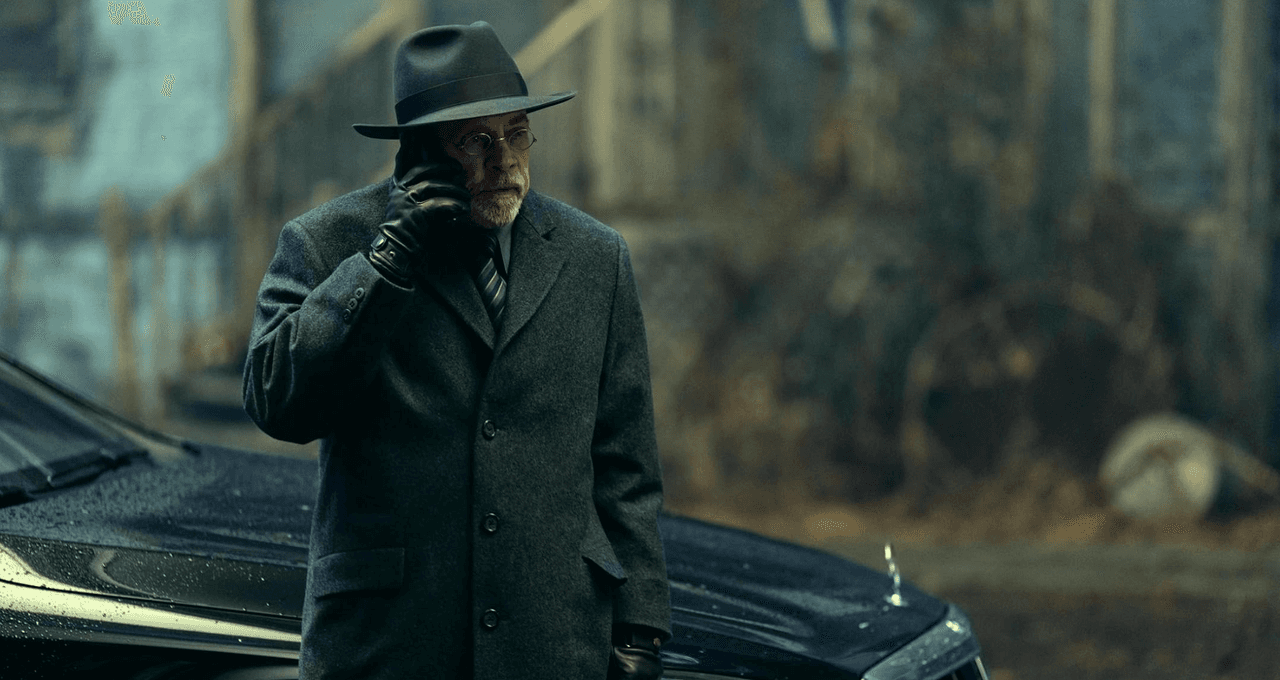
Maybe they didn't make as much of an impression on the Netflix series, but there were quite a few more Poe works to which the show tips its black, feathered cap. These include:
- Gold-Bug - The actual plot of Poe's 1843 tale of cryptograms and lost treasure doesn't feature much into any of the episodes. However, it is the name Tamarlane Usher gives her fitness company, and what's more mysterious and valued than staying in shape?
- The Narrative of Arthur Gordon Pym of Nantucket - Poe's only completed novel, this story of a young man that stowes away aboard a transglobal expedition inspired the name and backstory of the chief lawyer and fixer for the Ushers, played byb Mark Hamill.
- Annabel Lee - One of Poe's most romantic works, the poem that documents a lost love shares the name of Roderick Usher's first wife, moother to Frederick and Tamarlane.
- Ligeia - Most likely the inspiration for the drug the Usher family pushes onto the American public, ligadone, this short story is about a husband who watches the corpse of his dead wife return to life, albeit changed. Appropriately, the husband in the tale may be having an opium-feuled hallucination.
- Hop-Frog - The horrific tale of a court jester mocked by a King and his murderous revenge on the court, this story probably inspired the terrifying recurring image of the jester in Roderick's visions, eventually revealed to be a costume worn by his first victim (who we'll get to in a sec).
- Various - During the funeral scenes, the attending priest reads frequently from multiple works of the great author, including The Imp of the Perverse, For Annie, and Spirits of the Dead.
I should also mention: Small references are also made to not just Poe's works, but his life. Roderick's and Madeline's mother is named Eliza, just like Poe's mother was. Their father, the ex-CEO of Fortunato, had the last name of Henry Wadsworth Longfellow, a contemporary of Poe's.
Finally, the sinister Rufus Griswold shares the name of a contemporary critic that hated Poe, attempting to tarnish his reputation for years. It obviously didn't work; Poe has gone down in history while Griswold is forgotten about, both in the show and in American Literature.
And speaking of forgetting, I can absolutely assure you that this list is not exhaustive. You, the better Poe fan than I, are surely thinking of the major references I forgot to include, or perhaps a tiny Easter Egg that few but you understood. All I can ask is that you forgive me, and that you let me know what I missed by commenting below.
The Fall of the House of Usher is now streaming on Netflix.
Are you a horror fan? Join Popverse for the SHUDDER horror movie panel at NYCC 2023, plus plenty more.
Follow Popverse for upcoming event coverage and news
Find out how we conduct our review by reading our review policy
Let Popverse be your tour guide through the wilderness of pop culture
Sign in and let us help you find your new favorite thing.









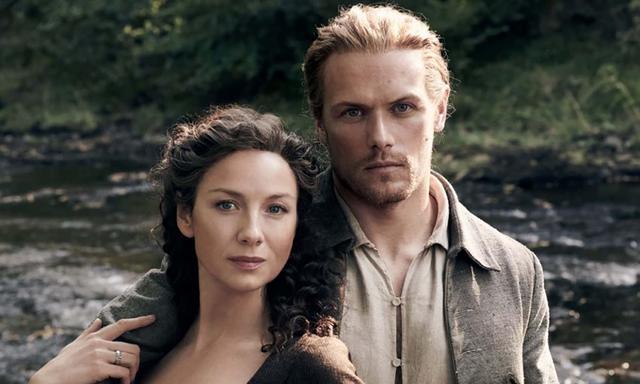






Comments
Want to join the discussion? Please activate your account first.
Visit Reedpop ID if you need to resend the confirmation email.